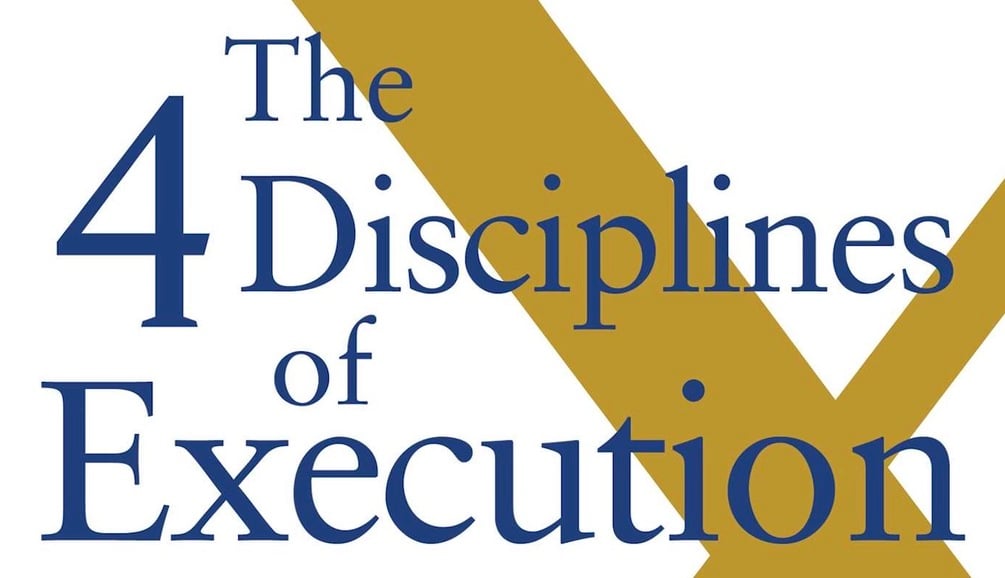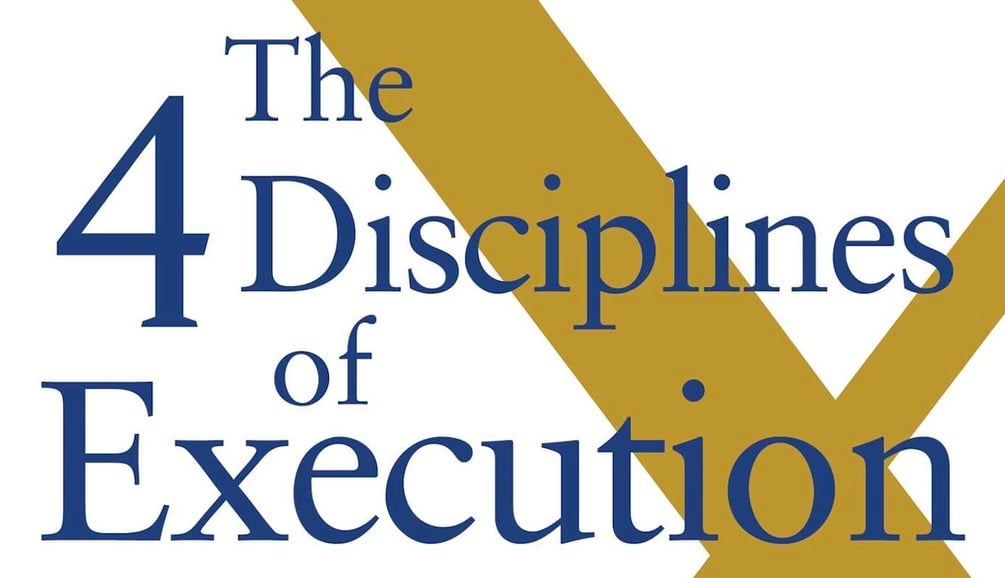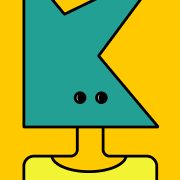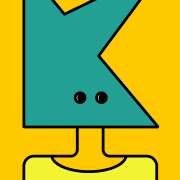The 4 Disciplines of Execution Summary

Have you ever wondered why it’s easy to set goals but hard to achieve them?
The 4 Disciplines of Execution (4DX) by Chris McChesney, Sean Covey, and Jim Huling offers a proven framework to bridge the gap between strategy and results, helping you execute effectively despite daily distractions.
By focusing on strategic action and accountability, 4DX provides the tools you need to achieve your most important goals—whether you’re leading a team, managing a project, or working on personal success.
Here’s a quick overview of the key elements:
First Understand Whirlwind
Important goals that require you to do new and different things often conflict with the “whirlwind” of the day job, made up of urgencies that consume your time and energy.
Discipline 1: Focus on the Wildly Important Goals (WIGs)
Execution starts with focus.
Focus on the wildly important requires you to go against your basic wiring as a leader/human and focus on less so that you can achieve more.
Many of our goals are important, but only one or two are wildly important. We call them WIGs. They are the goals we must achieve. Our finest efforts can only be given to one or two wildly important goals at a time.
Example: NASA’S GOALS
From Vague to Specific Finish Lines (formula)
Discipline 2: Act on the Lead Measures
Two kinds of measures: LAG and LEAD
- Lag measures are the tracking measurements of the wildly important goal.
- Example: Revenue, profit, market share, and customer satisfaction.
- Lead measures are quite different in that they are the measure of the most high-impact things you must do to reach the goal.
- Example: Consider the simple goal of losing weight
- While the lag measure is pounds lost, two lead measures might be:
- a specific limit on calories per day and
- a specific number of hours of exercise per week.
- These lead measures are predictive because by performing them, you can predict what the scale (the lag measure) will tell you next week.
- They are influenceable because both of these new behaviors are within your control.
- While the lag measure is pounds lost, two lead measures might be:
- Example: Consider the simple goal of losing weight
Lag measures are ultimately the most important things you are trying to accomplish. But lead measures are what will get you to the lag measures.
- Once you’ve identified your lead measures, they become the key leverage points for achieving your goal.

Example: a WIG of achieving weight loss.
- The lag measure will be your weight as reflected by the bathroom scale.
- “Decrease total body weight from 190 pounds to 175 pounds by May 30”
- (from x to y by when)
- “Decrease total body weight from 190 pounds to 175 pounds by May 30”
- What are the lead measures that will be predictive of achieving the goal and equally important, that you can influence?
- Diet and exercise
- Reducing calories consumed and increasing calories burned strongly indicates that you’ll lose weight.
- Diet and exercise
Focus on moving the lead measures. These are the high-leverage actions you take to get the lag measures to move.
Discipline 3: Keep a Compelling Scoreboard
- If you’ve narrowed your focus in Discipline 1 (your WIG with a lag measure) and determined the critical lead measure that will keep you on course toward that goal in Discipline 2, you have the elements of a winnable game.
- The next step is to capture that game on a simple but compelling scoreboard.
- Be aware if you are winning or losing the game (i.e., on the way to achieve your goal or lost during the daily whirlwind of other activities).
Discipline 4: Create a Cadence of Accountability
- Discipline 4 is where execution really happens.
- Question to ask yourself:
“What are the one or two most important things I can do in the next week (outside the whirlwind) that will have the biggest impact on the scoreboard?”


